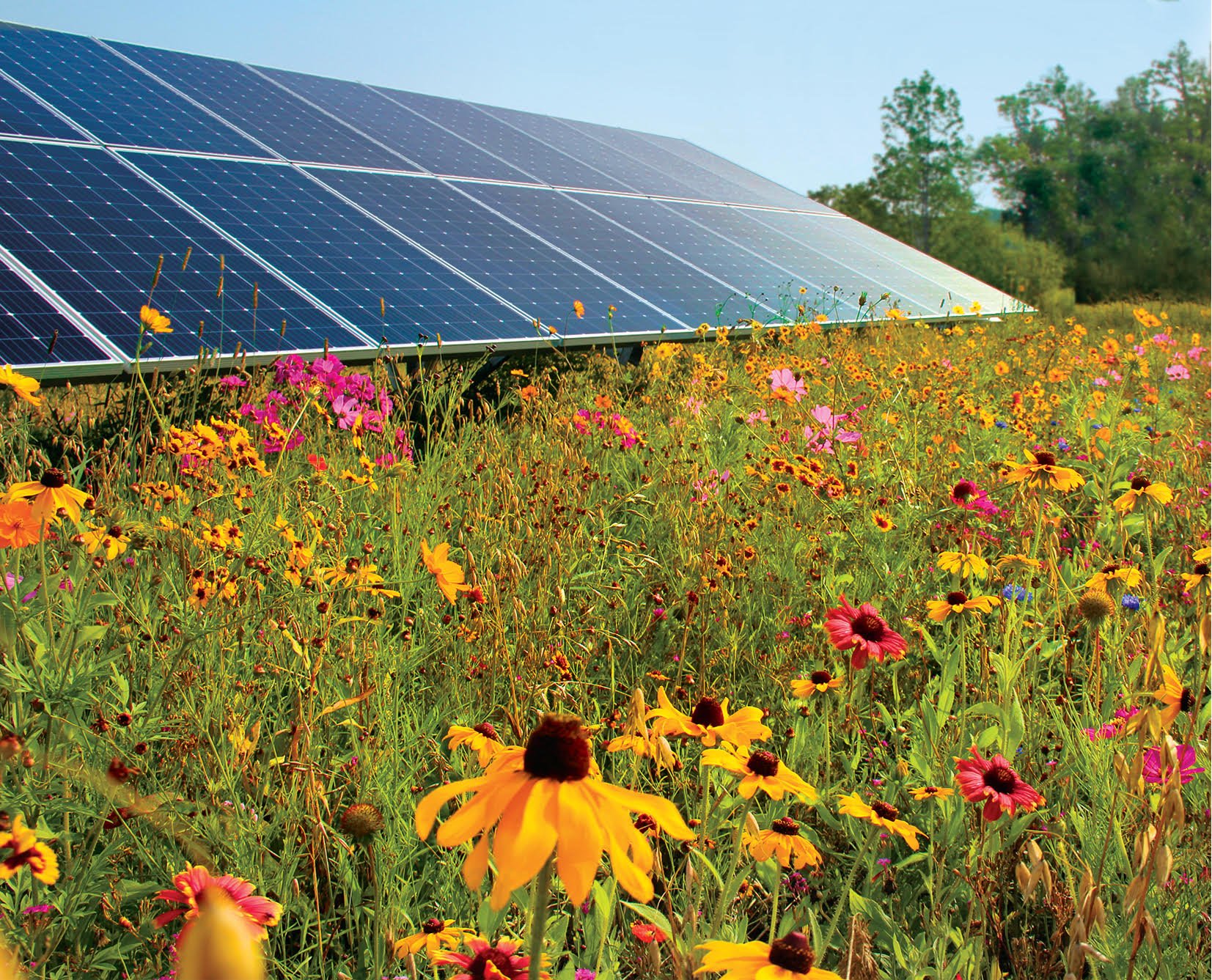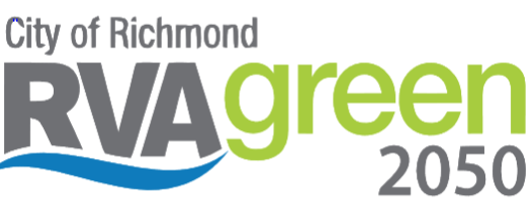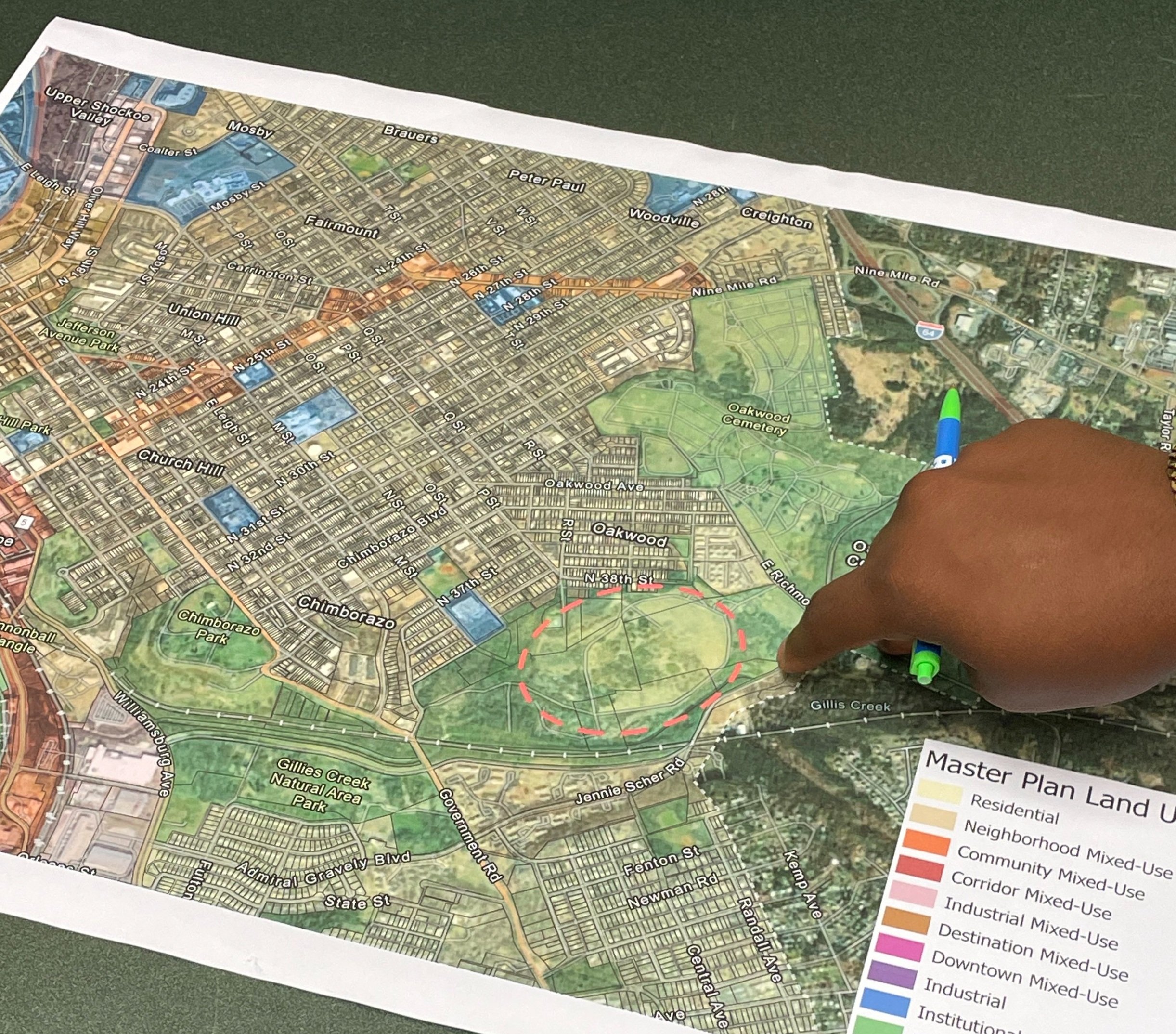
East End Solar Meadow Project
Join the City of Richmond for an opportunity to transform a capped landfill into a sustainable energy hub with solar arrays and pollinator gardens.
Project Overview
The City of Richmond is considering a project to repurpose the capped landfill located at 3800 East Richmond Road into a solar array and pollinator meadow. The City operated a landfill on this site from the 1960’s until September 1983 when it was closed and capped.
Currently, the area around the capped landfill operates as a debris collection site and recycling convenience center for the City’s Department of Public Works (DPW) and Parks, Recreation, and Community Facilities (PRCF) and Richmond residents. Given the restricted uses of the capped section, it is a good candidate for a solar photovoltaic energy system and pollinator meadow.
The City is deeply committed to addressing the climate crisis in a just and equitable manner and is committed to a 45% reduction in greenhouse gas emissions by 2030, below 2008 levels, and net zero emissions by 2050 for our community. RVAgreen 2050, the City’s equity-centered and community-led Climate Equity Action Plan, lays out a shared Vision for a sustainable future which includes supporting renewable energy and protecting our local ecosystems.
In keeping with Richmond 300, RVAgreen 2050, and all of the work being done across Richmond, the City’s commitment to centering our work in equity should be reflected in this project, throughout its lifetime. This includes being transparent and accountable in our projects, proactively informing community members of changes or major milestones, and ensuring that community members maintain the authority to self-determine what kinds of benefits various projects provide to their communities.
Project Timeline
Community Engagement • Summer 2024
The Office of Sustainability will hold engagement sessions throughout this process to ensure impacted neighborhoods are included in the decision-making process. Learn more here.
Request for Information (RFI) • Summer 2024
After engagement, the City of Richmond will issue a Request for Interest (RFI) to solicit innovative responses from experienced development teams that are interested in installing and operating the solar farm and pollinator meadow. Learn more here.
Finalist Selection • Spring 2025
The City will evaluate all proposals and will select one or more proposals that provide the best solution for each location. In addition to other rights reserved herein, the City reserves the right to cancel this RFI as to one or more of the locations, in its discretion and to the fullest extent permitted by law.
Community Benefits • Spring/Summer 2025
Proceeds from the final Lease Agreement will be provided to the community in the form a community benefit(s) as determined by the community. The City and the RFI Respondent will collaboratively discuss ways to ensure these benefits are provided to the community throughout the duration of the project. Learn more here.
Installation & Maintenance • 2026
After finalist selection, the project will move into the construction and implementation phase.
Community Engagement
The site, located at 3800 East Richmond Road, consists of several parcels owned by the City of Richmond, within the City’s East End 7th Voter District. This District is represented on City Council by Councilwoman Newbille, and consists of vibrant, thriving neighborhoods such as Church Hill, Greater Fulton, and Rockets Landing and is filled with historic and modern charm. The Office of Sustainability is committed to robust community engagement with community members in this District, particularly the directly adjacent neighborhoods of Oakwood, Chimborazo, and Fulton throughout the project process.
We invite Richmond residents to attend any of three community sessions for feedback and information. Your voice matters!
Community Engagement Session #1
Thursday, July 18th • 6:30 PM
EDI Pop Up Center • 701 N. 25th St.
Community Engagement Session #2
Wednesday, July 24th • 7:00 PM
Powhatan Community Center • 5051 Northampton St
Request for Information
The City of Richmond is issuing a Request for Interest (RFI) to solicit innovative responses from experienced development teams that are interested in installing the first-ever solar farm and pollinator meadow in the City.
Community Benefits Agreements
The RVAgreen 2050 Climate Equity Action Plan directs resources to develop tools with frontline communities to evaluate development projects and ensure they address community priorities for climate action and resilience. Community Benefits Agreements (CBA’s) are helpful tools for aligning development projects with the needs and priorities of communities impacted.
Values to Uphold through a CBA
Community Benefits Agreements outline a project’s contributions to the community and the responsibilities of the developer to mitigate potential negative impacts. These standards also reinforce the community outcomes as outlined in RVAgreen 2050 Plan.
Inclusiveness
The CBA negotiation process ensures that community issues are heard and addressed. Historically underrepresented community members are often missing in the development process. Having a negotiation process helps provide a forum for affected communities.
Transparency
CBAs help the public, community groups, the city, and others partners follow the project’s outcome. Having all the benefits stipulated in one place allows everyone to understand and assess the specific commitments made by the City and the community. They can then compare these benefits to those provided by similar projects in the past.
Coalition-Building
The process of negotiating a CBA fosters new alliances among community groups that may care about different issues or have different constituencies. CBAs can foster political relationships between different but potential allies, bringing together labor, environmental, community and religious groups. Dissimilar stakeholders can be unified by socioeconomic potential and promise, with CBA discussions that highlight career pathways for disadvantaged workers, high-quality jobs, resources for environmental projects and even affordable housing.
Efficiency
CBAs encourage early negotiation between the City and a community, avoiding lengthy processes for local zoning and other necessary approvals. CBAs could help foster a cooperative relationship between potentially adversarial parties and avoid conflict during the approval process, helping avoid delays in getting good projects approved.
Clarity of Outcomes
CBAs provide the city the information they need to illustrate successful delivery of promised benefits, like job creation. Very few state or local economic development entities can easily quantify their outcomes when questioned by legislatures or the public about the success of programs or return on investment. CBAs are a vehicle to gather and maintain information that demonstrates jobs and other benefits actually materialize.
FAQs: How do Solar Meadows work?
What is a solar farm?
A solar farm is a large-scale installation of photovoltaic (PV) panels mounted directly to the ground. The renewable energy produced by a solar farm is fed into the local energy grid. Generating energy this way avoids the greenhouse gas emissions that are caused by the burning of fossil fuels, such as coal, diesel, and natural gas.
What is a pollinator garden?
A pollinator garden is a specially designed garden consisting of plants selected to attract and support pollinating insects and other beneficial creatures. These gardens are typically filled with a variety of native flowering plants that provide food, pollen, and habitat for pollinators such as bees, butterflies, beetles, birds, and bats.
Why combine the two?
Traditionally, the land underneath solar panels goes unused or requires regular maintenance. Transforming this space into a pollinator garden can not only reduce maintenance costs but can support local ecosystems, promote biodiversity, and enhance solar panel efficiency through temperature regulation. Learn more here!
Why install a solar meadow on a capped landfill?
Solar meadows can be a practical solution for capped landfills. They offer a productive use of an otherwise unusable parcel and reduces the need for solar development on working farmland or precious ecosystem. Solar meadows can generate lease income for municipalities while ensuring maintenance of former landfill by the solar management company.
Resources:
Read the EPA’s Citizen’s Guide to Capping.
Read this Time article U.S. Landfills Are Getting a Second Life as Solar Farms.








